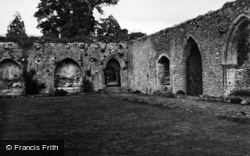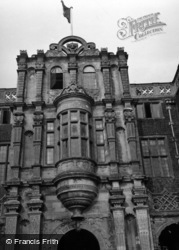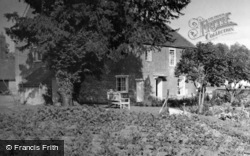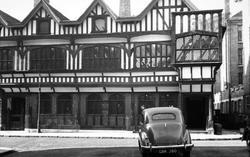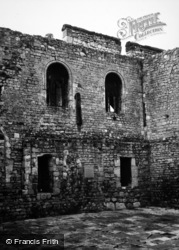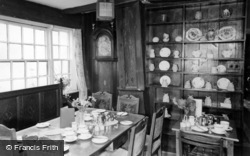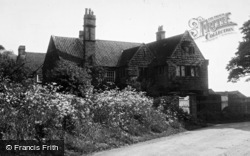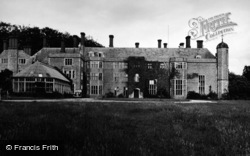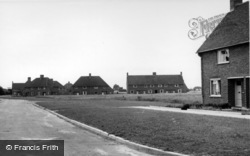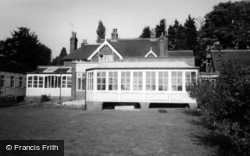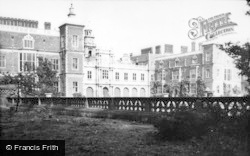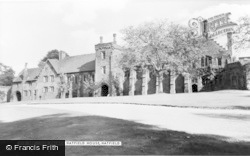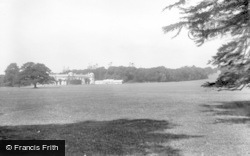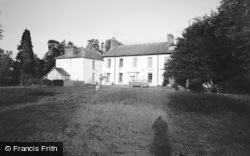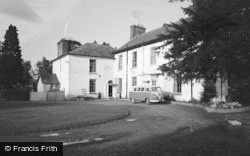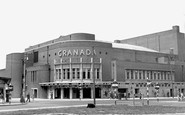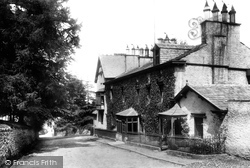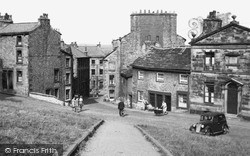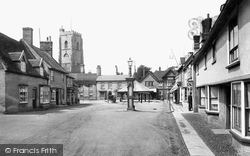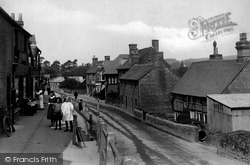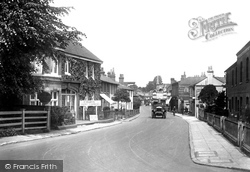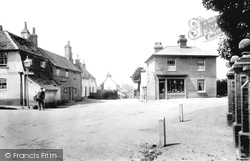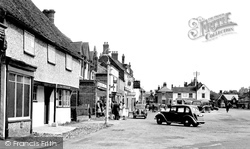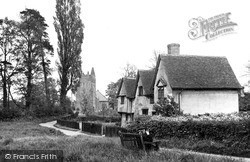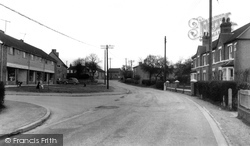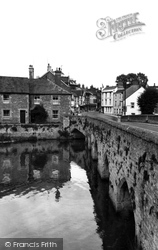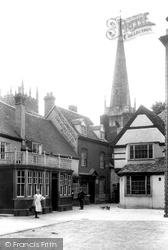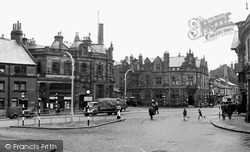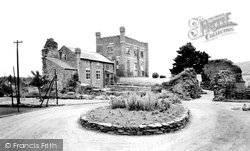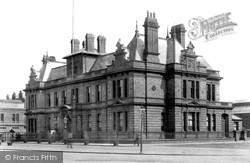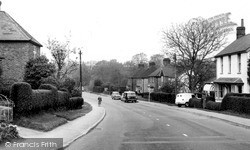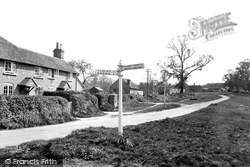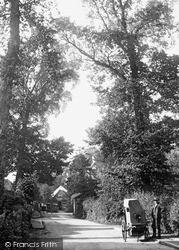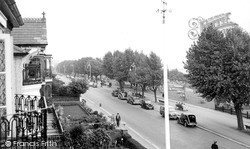Places
36 places found.
Those places high-lighted have photos. All locations may have maps, books and memories.
- Chatsworth House, Derbyshire
- Osborne House, Isle of Wight
- Brambletye House, Sussex
- Ickworth House, Suffolk
- Kingston Lacy House, Dorset
- Boscobel House, Shropshire
- Preshute House, Wiltshire
- Bolton Houses, Lancashire
- Brick Houses, Yorkshire
- Quaking Houses, Durham
- Water Houses, Yorkshire
- Bottom House, Staffordshire
- New House, Kent
- Mite Houses, Cumbria
- Lyneham House, Devon
- Church Houses, Yorkshire
- Dye House, Northumberland
- Spittal Houses, Yorkshire
- Street Houses, Yorkshire
- Tow House, Northumberland
- Halfway House, Shropshire
- Halfway Houses, Kent
- High Houses, Essex
- Flush House, Yorkshire
- White House, Suffolk
- Wood House, Lancashire
- Bank Houses, Lancashire
- Lower House, Cheshire
- Marsh Houses, Lancashire
- Chapel House, Lancashire
- Close House, Durham
- Guard House, Yorkshire
- Hundle Houses, Lincolnshire
- Hundred House, Powys
- Thorley Houses, Hertfordshire
- School House, Dorset
Photos
7,776 photos found. Showing results 3,781 to 3,800.
Maps
370 maps found.
Books
1 books found. Showing results 4,537 to 1.
Memories
10,360 memories found. Showing results 1,891 to 1,900.
Pavilion View Hotel On Fort Crescent 1956 1958
Does anyone remember the Pavillion View Guest House on Fort Crescent in the mid to late 1950's. The guesthouse was run by Mr. & Mrs. Walter & Kitty Chart at the time. I would like to make contact with ...Read more
A memory of Margate by
Flying Horse
My Great Grandmother, Henrietta Sheedy nee Gladdish used to live there. I believe Her daughter Ruth Married William Phillips and they are both buried In the Churchyard. We have visited your lovely Village. I would to pay it another visit. M Williams
A memory of Smarden by
75 Crwys Crescent
My name is Paul Griffiths and I lived at the above address from 1942 until 1951 when my parents moved to Braintree, Essex. Some of the fondest memories of my childhood were spent at Upper Boat and we lived at the last house in Crwys ...Read more
A memory of Upper Boat by
Thinking Of Home.
I lived in Pelaw Place, South Pelaw from 1949 until 1972 when I left to live abroad. Growing up and living in South Pelaw was really fantastic. My mates and I played hide and seek, kicky the tin Block, and loads of other outdoor ...Read more
A memory of South Pelaw by
Ben Rhydding
I moved to Ben Rhydding at a year old and grew up there with my brother and sister. We loved living there, exploring the river and the moors. I distinctly remember the large detached house Thornycroft when it was still owned by a wealthy ...Read more
A memory of Ilkley by
Hurst House Private School
I attended this school from 1949 until 1952. Headmaster Hugh Parrington, teachers Miss Ethel Mordaunt and Miss Ina Offen. Unconventional education but enjoyable. Does anyone else remember it? When was it established and when closed down? Rita Acott (nee Bennett)
A memory of Staplehurst by
Memoirs Of Living In 46, Durham Buildings
A two bedroom flat on the third floor, 46, Durham Buildings, became home to me, my two siblings and parents for about 9 months from 1961 to 1962. The flat had no bathroom but a small outside balcony which housed ...Read more
A memory of Battersea
My Sister And I Were Boarders At Cedar House School In St Neots In 1968 Before It Merged With Morcott Hall School, Rutland
My sister and I were boarders at Cedar House School,St Neots in 1968 before it merged with Morcott Hall School in Rutland. Fitzy ...Read more
A memory of St Neots by
Growing Up In Camberley
I was born in 1939 in Camberley and lived there up to 1960. I loved the freedom as a child, we lived in Abbott’s lane on the frimley road and as a child had easy access to watchets woods and the Collage Grounds plus all of the ...Read more
A memory of Camberley by
Crossways
the year would be around 1978, I know this for in this year I passed my driving test, anyway we came to live in New Yatt having moved from Wantage where I grew up, so as one can imagine was not very happy having left my friends and the area, ...Read more
A memory of New Yatt by
Your search returned a large number of results. Please try to refine your search further.
Captions
6,977 captions found. Showing results 4,537 to 4,560.
The origins of this rambling building, which overlooks the main street, lie in a 15th-century farmhouse, and until the New Inn was built in the 1640s, it also served the village as its ale-house.
Civil wars, rebellion and border raids all brought destruction before the stability of the mid-18th century, and prosperity from trade with the Indies encouraged investment in grand houses and civic buildings
In the High Street, the house (centre left) will soon be the shop of Henry Stile's gent's outfitters; in the centre are the Tiger's Head, landlord Edward Smith, and the gabled Boot Stores of 1905.
Beyond the apron-clad figure of the proprietor of the Golden Tea House, with its tea caddy sign (left), is The Good Intent at number 33, a pub opened by a Godalming brewer in 1867 which closed fifty years
An open-top bus heading for Redhill via Epsom overtakes a lone cyclist outside the Green Man public house (right), with its swinging sign showing a figure dressed in forester's green.
Many of Odiham's houses are a mixture of Georgian and Tudor; some are timber-framed, which was common before local bricks came into general use in the 18th century.
The houses in the Square date from medieval to Victorian, with several striking large Georgian properties. The King's Head (left) is also Georgian.
Outside the Sir Charles Napier public house stands a telephone box (centre right). On the wall next door is a large Guinness advertisement.
The old house on the right has now been restored, but the seat on which the man rests is no more. Apart from these changes, this scene is little altered.
One of the few thatched buildings in the area, the Duke's Head is no longer a public house.
The stone houses on the left were built in the forecourt of the old gaol (out of view to the left); it had closed in 1868 after the assize courts finally went to Reading, and Abingdon's long battle
The street patterns of Evesham have probably changed little since the days of the battle, when many of the rebels fleeing from that desperate fight were slaughtered amongst its houses.
It has the usual mixture of banks and public houses on its corners. A National Savings Centre is tucked away on the left of our picture, and the Millstone Hotel is at the far side.
Hill Bottom (centre), south-west of Renscombe Farm is seen here in a view towards Chapman's Pool and Houn's-tout Cliff The slopes of the Plain and St Alban's Head (left) rise to the south.
Little of the original priory has survived, but parts of it may have been used when Priory House in the foreground was built in around 1700. A large rambling building, it was demolished in 1952.
The buildings now house the town's museum. The museum was opened by Lord Raglan in July 1959, and its first curator was Duggan Thacker. It was extended with the refurbishment.
The building was used briefly in the 1980s to house the Halton Chemical Industry Museum.
Beyond the houses on the right- hand side of the road is the village recreation ground complete with its new Millennium village hall, a welcome amenity for the residents of Scaynes Hill.
Houses lie to either side of the lane that runs through Farley Green, but it is the nearby heath where man once made his home.
Looking west towards Court Haw, a horse and carriage wait patiently outside the little single-storey post office built on to the side of a large house, all now swept away.
Many of the houses along this stretch of the cliff top have decorative balconies overlooking the sea.There was no problem with parking at this time, in what is now a very busy area, within walking
Several of these villas later became schools: Ilfracombe College, the Convent of the Immaculate Conception, and Hereford House School, all of which flourished around the turn of the century
It was designed and built as better housing, with accommodation for live-in household staff. The road, like Broad Street, is lined with young trees.
The terraced houses were built about 1906.
Places (80)
Photos (7776)
Memories (10360)
Books (1)
Maps (370)




